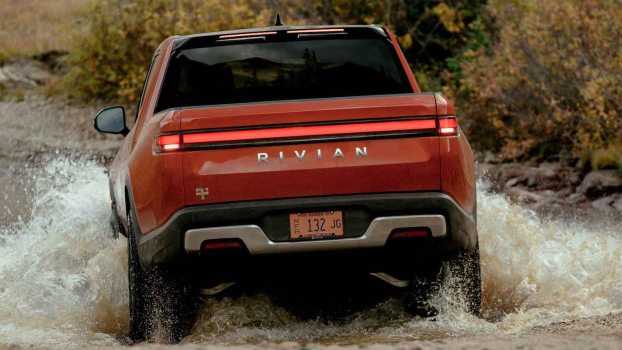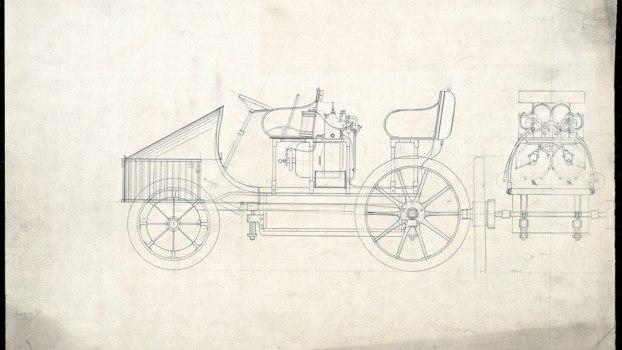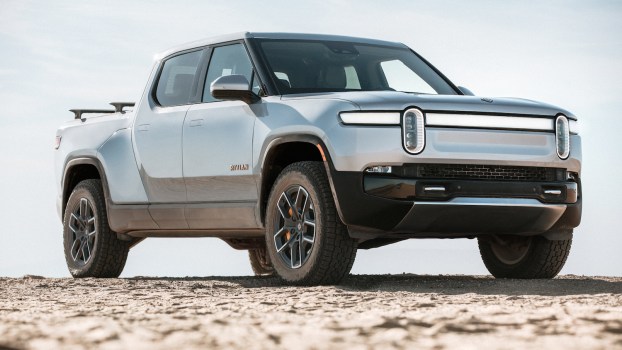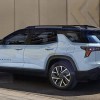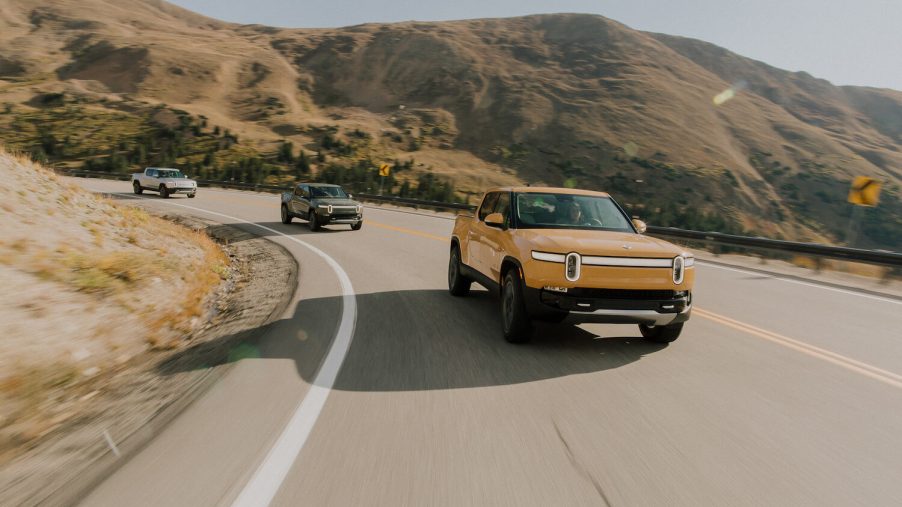
Is the Rivian’s Quad-Motor Drive Worth the $8K Upgrade?
The Rivian pickup made waves as the first electric truck to market–and the first EV with four electric motors. But what was a standard feature on the Launch Edition truck is now an $8,000 upcharge on either the R1T truck or the R1S SUV. So is the Rivian’s signature quad-motor driver worth the extra money?
Does quad-motor drive make the Rivian accelerate faster?
Yes! Slightly. While the base Rivian takes 4.5 seconds to get to 60 mph, an intermediate powertrain can do the same run in 3.5 seconds. Splurging on the quad-motor system will only drop that time to 3.0 seconds.
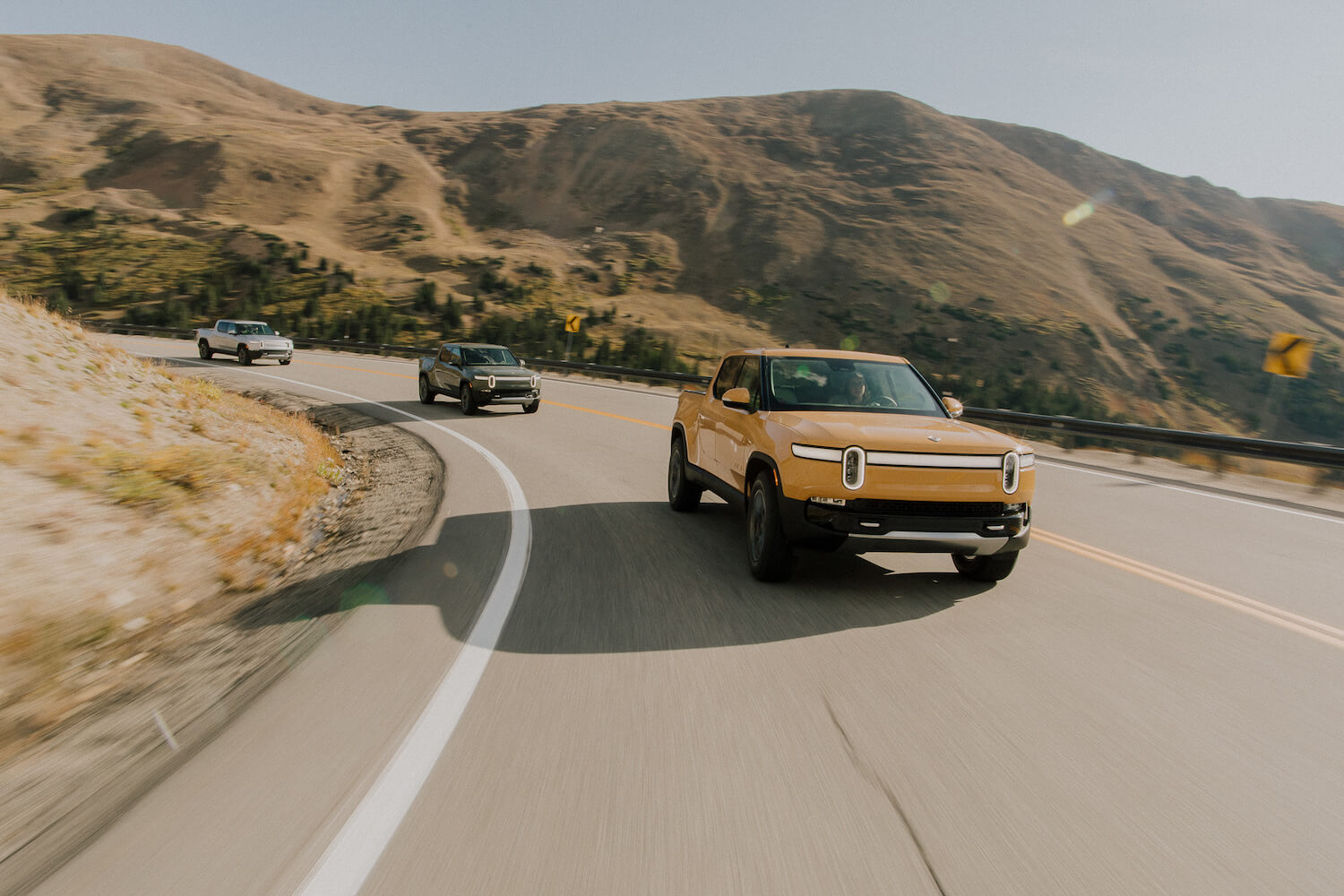
The base Rivian has a dual-motor AWD system that makes 600 horsepower and accelerates to 60 mph in 4.5 seconds. For $5,000, you can upgrade to a performance dual-motor AWD system that bumps output to 700 horsepower and drops the 60 mph time to 3.5 seconds.
The top-trim Rivian powertrain is the quad-motor AWD system which costs $8,000. At that price, you get 835 horsepower and a 60 mph time of just 3.0 seconds.
The truth is that in a straight line, four motors don’t add a ton of capability. Even the record-breaking Tesla Model S Plaid only has three electric motors. While launching, the Rivian might not have enough traction to even use that extra 135 horsepower, just kicking it in at higher speeds. It is while cornering that the Rivian’s quad-motor drive truly shines.
Does quad-motor drive help the Rivian corner?
Early reviewers of the quad-motor Rivian say the truck corners like a sports sedan–even when fully loaded. One of its secrets is the quad-motor drive system which allows the outside wheels to pull it through a corner in a process called torque vectoring.

When MotorTrend first got its hands on a Rivian R1T Launch Edition, its reviewers immediately steered for some twisties. Here’s what the publication had to say about the Rivian’s handling capabilities.
“We felt the R1T’s torque-vectoring superpowers at work: The outside-rear motor powered up and brought the R1T’s nose around, and we blasted out of the turn like the Millennium Falcon….In on-road mode, there’s almost no body roll in the corners…we were driving it like a sports sedan, but we’ve got four people in the cab and a bed full of stuff.”
Car and Driver even took the Rivian to its test track It found that the midsize pickup truck experiences over 10% less g-force in a corner than the electric BMW i7 sports sedan.
Is quad-motor drive good off-road?
The Rivian‘s torque vectoring–enabled by its quad-motor drive system–is excellent at navigating off-road obstacles by putting power to the wheel with the most traction. But the latest traditional trucks are just as capable.

On paper, the Rivian’s quad-motor AWD system is an elegant way to navigate off-road trails. The system detects wheelspin and puts the power to the wheel with the most traction–by simply diverting more electricity to that motor.
But the latest generation of internal combustion 4x4s are just as capable. The latest Toyota Tundra, for example, has limited slip differentials and even traction control. If one wheel begins to spin, it can automatically activate its brakes to divert power to the wheels that aren’t spinning. While the system might not be as simple, the effect is the same.
So is the $8,000 quad-motor drive upgrade right for your Rivian? It depends on what you’ll use the truck for. Many other EVs get away with fewer motors, but the Rivian’s quad-motor drive certainly makes it one of the most exciting new vehicles on the market.
Next, find out which supercars are slower than the Rivian or see its AWD system explained in the video below:
